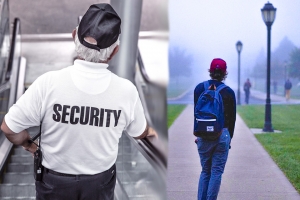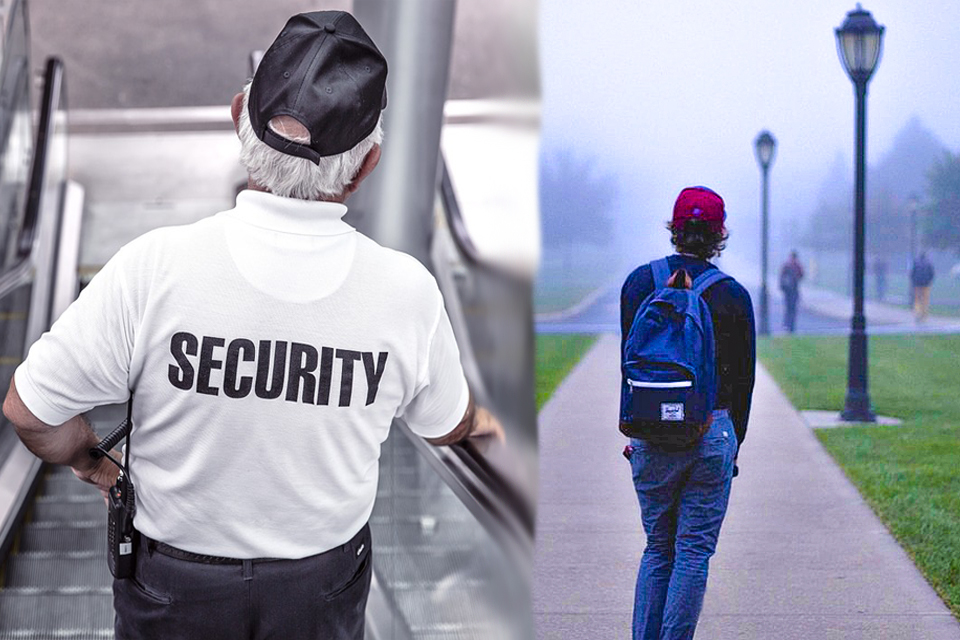
Safety on college campuses has never been easy or simple. Now, the responsibility is truly awesome.
In the last few years, there have been dozens of horrific incidents and now that a number of states allow guns on campus, the job of providing safety on college campuses has become increasingly more difficult and complicated.
Most universities have focused on incident prevention and quick response. Many have gone through extensive planning sessions to find ways to ensure safety, but it would be hard to find a university official anywhere who feels confident that security and safety are under control. Perhaps the greatest impediment to ensuring a safe campus environment is a lack of adequate funding.
 In spite of funding issues, physical security has definitely been improved. Most new buildings have access systems that provide officers the ability to centrally lock down facilities if there is an active shooter incident. Surveillance camera technology also continually searches for abnormal activities that could pose a threat. Other emerging technologies have also made inroads on college campuses.
In spite of funding issues, physical security has definitely been improved. Most new buildings have access systems that provide officers the ability to centrally lock down facilities if there is an active shooter incident. Surveillance camera technology also continually searches for abnormal activities that could pose a threat. Other emerging technologies have also made inroads on college campuses.
Most campuses have invested in walkway lighting and “blue light” emergency call boxes. Outreach programs aimed at informing and educating students and faculty of what they can do to protect themselves have been implemented.
Taxpayers care about this problem and they are involved. Voters approved a $14.5 million bond issue in December to improve safety and security measures at Iowa Western Community College. The bond package that was approved will fund new cameras, secure doors, enhanced locks and other security improvements.
Kansas State University (KSU) is installing upgrades to security systems. The additional investment in security is in response to a new Kansas law allowing for concealed handguns on university campuses. If an exemption for public universities is not granted by the legislature, KSU is considering the use of wands and portable metal detectors for events. The new security measures are expected to cost more than $1 million.
Voters approved a measure late in 2016 to provide the Southwestern Community College District $400 million for campus facility improvements. A new building will be constructed to house all campus Security and Risk Management functions. Other security enhancements will also be implemented.
In January 2017, the Atlanta University Center Consortium announced that it will team with the Atlanta Police Department to implement security measures to prevent and reduce crime at its four member institutions – Clark Atlanta University, Morehouse College, Morehouse School of Medicine and Spelman College. The $700,000 project will include the installation of 35 new security cameras and the utilization of five license plate readers. The camera feeds will be monitored 24/7 by campus police and at the Atlanta Police Department’s video integration center.
Officials at Western Washington University in Bellingham, Wash., have proposed the replacement and expansion of the university’s access control system. The project will convert all existing access-controlled doors to a new system and expand electronic control to major academic buildings. The system will also be able to provide centralized lockdown functionality in response to active shooter incidents, which are increasing on university campuses at an alarming rate. This $7.2 million project is expected to beginning with the 2018 school year.
Virginia State University (VSU) hopes to spend $3.26 million in campus-wide safety and security improvements. After a series of events involving VSU students, the university hired a security consultant to perform a campus evaluation and make recommendations for improvements. If funded by the Virginia Legislature, the project will install new LED lighting at educational and general-use buildings, parking lots and sidewalks/paths. The university will also install a new traffic/security gate to curtail campus access. Additionally, the university has plans to provide electronic card access at all academic and administrative buildings. The funding of these projects is currently scheduled for 2018.
It’s a new world – and a more dangerous world. More resources and funding are critically needed to ensure campus safety for students, instructors and visitors.
